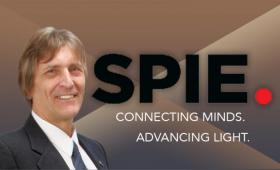SPIE, the International Society for Optics and Photonics, elected Livermore research engineer Richard Leach as a senior member.
Science and Technology
in the News
Science and Technology
in the News
News Center
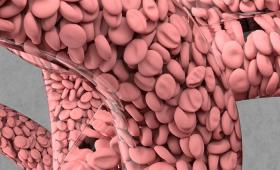
A research team has combined machine learning, 3D printing, and high-performance computing simulations to accurately model blood flow in the aorta.
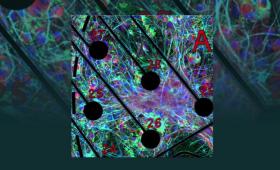
Livermore researchers have increased the complexity of neuronal cultures grown on microelectrode arrays.
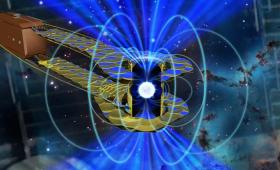
Researchers at Livermore and an international team of collaborators have developed an experimental capability for measuring the basic properties of matter at the highest pressures thus far achieved in a controlled laboratory experiment.
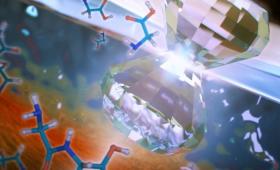
Massive compressive shearing forces generated by the tidal pull of Jupiter-like planets on their rocky ice-covered moons may form a natural reactor that drives simple amino acids to polymerize into larger compounds.
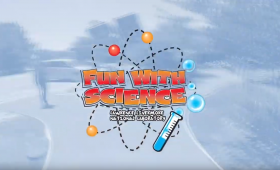
Join Dr. Leland Ellison as he shares a full-length Fun with Science presentation from LLNL’s Discovery Center.
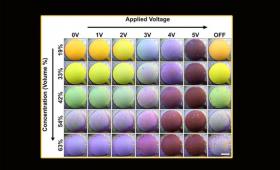
Livermore researchers are perfecting a technology called reversible electrophoretic deposition for high-contrast wearable displays.
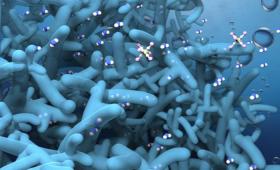
Mimicking the structure of the kidney, a team has created a three-dimensional nanometer-thin membrane that breaks the permeance-selectivity trade-off of artificial membranes.
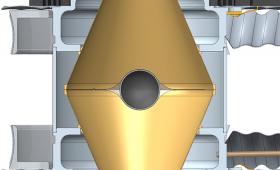
Initial NIF experiments using a full-scale version of the Frustraum hohlraum have produced nearly round inertial confinement fusion implosions and more laser-induced energy absorption.

Livermore has updated its energy flow charts to include state-by-state energy use for 2015-2018.


